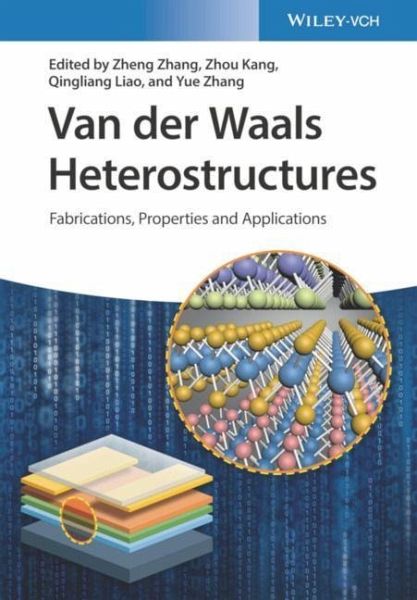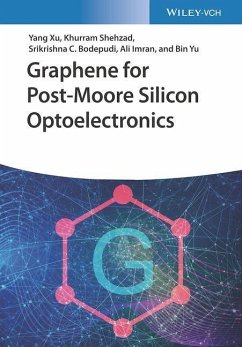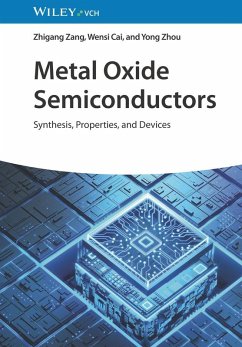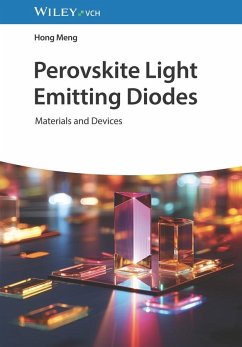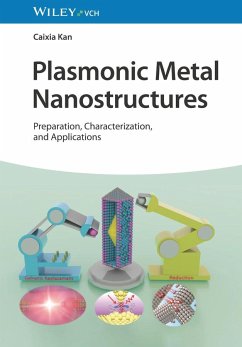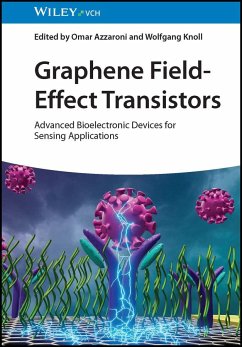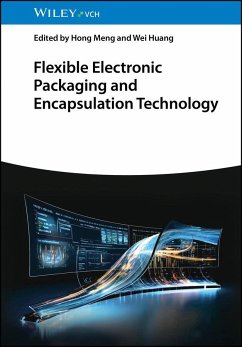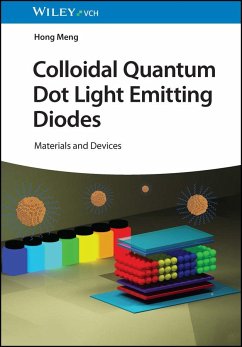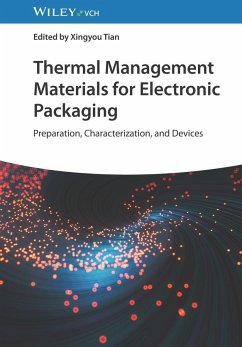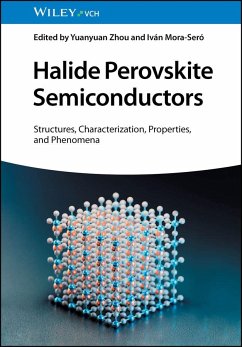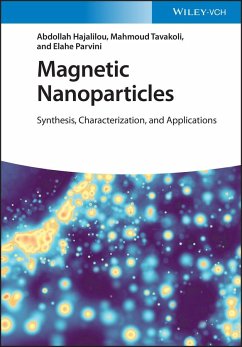Z Zhang
Gebundenes Buch
Van der Waals Heterostructures
Fabrication, Properties, and Applications
Herausgegeben: Zhang, Zheng; Kang, Zhuo; Liao, Qingliang; Zhang, Yue
Versandkostenfrei!
Sofort lieferbar
Weitere Ausgaben:

PAYBACK Punkte
0 °P sammeln!




This book systematically introduces the latest developments made in van der Waals heterostructures and devices based on 2D materials in all aspects, from basic synthesis to physical analysis, heterostructures assembling to devices applications.
Dr. Yue Zhang is the academician of Chinese academic society and a full professor of material physics at University of Science and Technology Beijing, China. He has committed to make systematic and innovative contributions to low-dimensional semiconductor materials, functional nanodevices, and nanoscale failure and service behaviors. He has authored over 400 scientific publications and has been nominated as the chief scientist of Major National Scientific Research Projects in China. He won the second prize of the national award for natural sciences. Dr. Zheng Zhang currently is associated professor of School of materials science and engineering in the University of Science and Technology Beijing. His research mainly focuses on two-dimensional atomic crystal materials, nanoelectronics and optoelectronic devices and Low dimensional nano material energy converters. He has published more than 100 peer-reviewed articles in international journals with H-index 35. Qingliang Liao received his Ph.D. degree from University of Science and Technology Beijing (USTB) in 2009. Now he is a professor at Academy for Advanced and Interdisciplinary Science and Technology in USTB. His scientific interests focus on synthesis and characterization of low-dimensional nanomaterials, design and application of functional nanodevices. He has published more than 170 papers in high-quality journals, and has been cited more than 6000 times. He applied for more than 60 national invention patents, and has obtained more than 30 authorized patents. He participated in the writing of 2 English monographs, and his research results have been widely recognized by domestic and foreign counterparts. In addition, he also serves as the editorial board member of 4 international academic journals. Zhuo Kang received his B.S. (2011) and Ph.D. degree (2016) from School of Materials Science and Engineering at University of Science and Technology Beijing (USTB). He is currently a full professor of Material Physics at USTB. His research interests include controllable synthesis and interface engineering of nanomaterials as well as their applications in energy conversion and catalysis, specifically focusing on the efficient modulation of service behaviors under multifield coupling condition and lifetime dynamic structure-performance correlations of electrocatalysts under the service environment.
Produktdetails
- Verlag: Wiley-VCH
- Artikelnr. des Verlages: 1134950 000
- 1. Auflage
- Seitenzahl: 336
- Erscheinungstermin: 1. März 2023
- Englisch
- Abmessung: 246mm x 174mm x 20mm
- Gewicht: 782g
- ISBN-13: 9783527349500
- ISBN-10: 3527349502
- Artikelnr.: 63896581
Herstellerkennzeichnung
Wiley-VCH GmbH
Boschstraße 12
69469 Weinheim
wiley-vch@kolibri360.de
Für dieses Produkt wurde noch keine Bewertung abgegeben. Wir würden uns sehr freuen, wenn du die erste Bewertung schreibst!
Eine Bewertung schreiben
Eine Bewertung schreiben
Andere Kunden interessierten sich für



